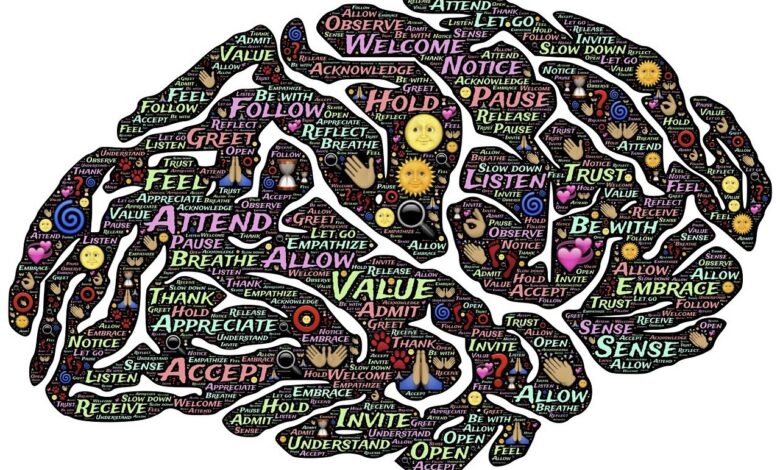
Introduction:
No team can thrive without trust. Psychological safety—the belief that you won’t be ridiculed, rejected, or punished for speaking up—is essential for learning, collaboration, and innovation. In group settings, it’s the invisible force that determines whether people share ideas or stay silent. For educators and facilitators, creating psychologically safe environments isn’t just beneficial—it’s foundational.
What Is Psychological Safety?
Coined by Dr. Amy Edmondson, psychological safety refers to a team climate where individuals feel safe to take interpersonal risks. In learning settings, this includes asking questions, admitting mistakes, challenging ideas, and giving feedback without fear of embarrassment.
It’s not about being “soft” or avoiding accountability—it’s about creating conditions where learners feel secure enough to engage fully.
Why Psychological Safety Matters in Learning:
- Encourages participation: Learners speak up, share ideas, and ask questions.
- Enhances innovation: People are more willing to experiment and take risks.
- Builds resilience: Mistakes become learning opportunities, not sources of shame.
- Strengthens collaboration: Teams grow more cohesive and empathetic.
Without psychological safety, group work becomes superficial, passive, or riddled with anxiety and exclusion.
Strategies to Build Psychological Safety:
- Model Vulnerability as a Leader:
Admit when you don’t know something. Share your own learning process, including failures. This shows learners that imperfection is normal and safe. - Establish Clear Group Norms:
Co-create rules that support safety. Examples:
- One person speaks at a time.
- All ideas are valid.
- Disagreement is allowed—but must be respectful.
Display these norms and revisit them regularly.
- Acknowledge All Contributions:
When someone shares—even a “wrong” answer—respond with curiosity, not correction. Validate the risk they took: “Thanks for offering that. Let’s explore it further.” - Respond to Mistakes Supportively:
Avoid public shaming. Instead, reframe mistakes as growth points. Ask, “What can we learn from this?” rather than “Why didn’t you do it right?” - Use Inclusive Communication Techniques:
Invite everyone to speak. Use talking sticks, check-in rounds, or anonymous input tools to ensure quieter voices are heard. - Be Mindful of Power Dynamics:
Learners from marginalized backgrounds may feel especially vulnerable. Be proactive in addressing bias, creating representation, and empowering diverse voices.
Creating Rituals of Safety:
Small consistent actions reinforce trust:
- Start sessions with a personal check-in or mood scale.
- Celebrate small wins and effort, not just outcomes.
- End with “what worked” reflections or gratitude rounds.
Monitoring Psychological Safety:
Ask learners how they feel regularly. Use anonymous surveys or open-ended prompts like:
- “Do you feel comfortable asking questions in this group?”
- “What could make this space feel safer for you?”
Conclusion:
Psychological safety is the foundation of learning that lasts. When learners feel safe to be themselves, take risks, and engage authentically, the entire group benefits. As educators, we have the power—and the responsibility—to cultivate spaces where people feel seen, respected, and free to grow.




